Every time you look at the photography trade magazines or publications (or even your Facebook feed if you like photography), you see ads and articles about why you simply must buy the latest and greatest camera equipment on the market today. Have you stopped to consider why they say this? Are you at all tempted at all to buy? Today, we’re going to talk about why you should not upgrade or switch camera brands.
The absolute truth of the matter is you don’t have to upgrade your camera and/or equipment at all if you don’t want to. If your camera is doing its job well for your photographic needs, then there’s no real reason to upgrade at all.
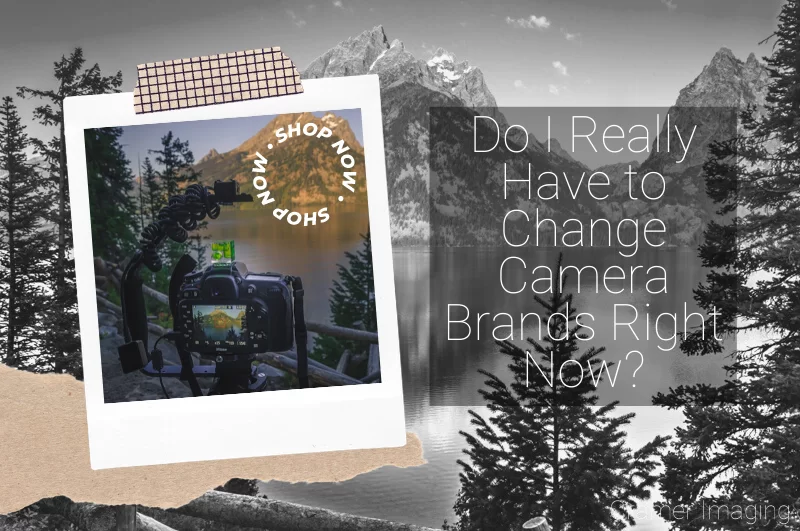
Most professional photographers (myself included) will tell you that. So why do camera makers and the trade publications try so hard to convince you otherwise?
Why Do Trade Publications Want You to Upgrade or Switch Camera Brands?

Let’s start off with the easiest of the two: photography trade publications and magazines. Why start with these two? Because the answer is really quick and simple: the trade publications try to get you to upgrade or switch because most of their revenue stream comes from ads. Most of these ads come from camera companies like Nikon, Canon, etc., along with other accessory companies, who want to sell you cameras and other related equipment.
These various publications want to make their sponsors happy so the sponsors will keep paying them money. What really makes these sponsors happy is making money themselves. Since these sponsors sell cameras and camera equipment, they want you to buy more camera gear upgrades.
The answer really is that simple with the magazines and publications. They indirectly want you to upgrade your equipment so that they can keep happy sponsors. They really don’t care about your current photography equipment themselves.
Why Do Camera Companies Want You to Upgrade or Switch Brands?

Now that we’ve established that the reason photography publications want to up-sell you on cameras and equipment is because of their manufacturer sponsors, on to the next question. Why do camera manufacturers try to get you to upgrade or switch brands rather than just sell to new people? Selling to new photographers seems like a much easier path from the surface.
The problem is that new photographers is simply too small of a demographic for the manufacturing companies to support themselves. So, they need a larger market, that of current professional and amateur photographers. But that market has bigger problems for the manufacturers. So, next question. Why is that market problematic?
Market saturation is the answer. The DSLR and mirrorless camera market is fairly saturated, and camera makers are kind of worried because of that fact.
What is Market Saturation?
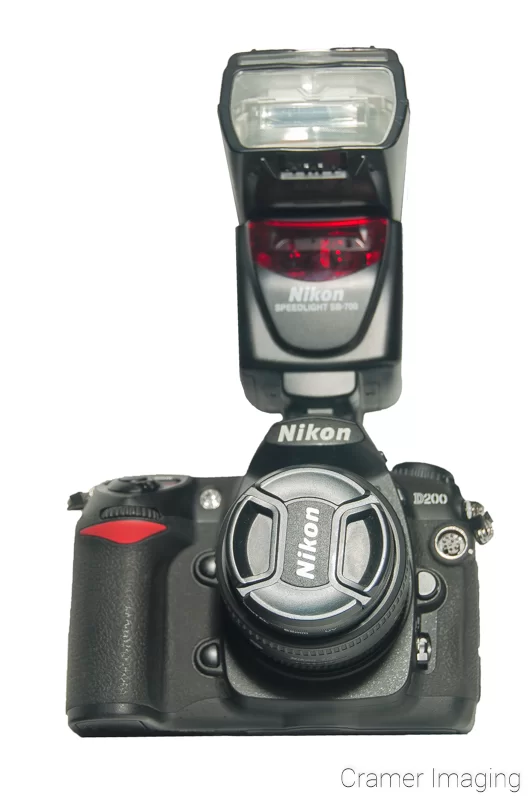
Some of you will already know what market saturation is and what it means. For those who don’t, market saturation is what happens when pretty much everyone who is going to buy your product already has it. You might get a few newcomers now and again but they’re not enough to support your business with. It’s a bad place to be as a business owner of any kind.

Let’s paint a better picture using some examples of market saturation. For something like the car market, the problem of market saturation isn’t so bad because cars wear out fairly quickly. You’ll buy a new car every few years because of this. Computers become obsolete quickly as technology advances and older computers can’t keep up with new software. This means there’s always someone returning to the car or computer market every year.
Other markets never get saturated. Consumables such as food, for example, are never saturated. There might be too much of a particular product in an area for a short period of time, but people will keep buying it and the excess is used up quickly. Perishables have a shelf life no matter whether the market is currently saturated or not. This means that the supply will dwindle after the shelf life expires and the demand will go up again. Thus, there is no market saturation.
Cameras don’t fall into the category of perishable nor consumable. This means that once the market is saturated, it pretty much stays saturated without some intervening force. For high end digital camera manufacturers, market saturation has become a serious problem for their bottom line.
Why is Market Saturation Now a Problem?
A few years ago, companies like Canon and Nikon could make their high-end SLR and DSLR cameras and sell them to professional and advanced amateur photographers. Then they could make lower-end cameras to sell to the general consumer market. These lower-end cameras came to be known as “point-and-shoot” cameras. Everybody wanted a camera like that for vacations, birthdays, etc.

Point-and-shoot cameras are never really saturated the market because those cameras were made cheaply to sell cheaply. They weren’t exactly disposable, but most people didn’t expect to get more than a few years of use out of one. These cameras would serve well for a while and then wear out or get broken. The camera companies could count on repeat business from this market every so often because of this.
The point-and-shoot camera market was so lucrative that many camera brands went totally into that market and completely ignored the higher-end DSLR market.

Then something happened to break this model for the camera companies. What happened do you ask? It’s really simple. A competitor came to market which was better than what the point-and-shoot cameras had to offer. What was this competitor? Why, it was cell phone cameras.
At first, cell phone cameras weren’t a threat. They were good for little other than taking a low-resolution photo of someone to attach to the contact listing in your phone. Then they started improving dramatically. Now cell phone cameras are better than most point-and-shoot cameras while taking up less space and being much more useful of a device in general. Cell phone cameras still don’t come close to the quality of a good DSLR though and probably never will.
Now that everyone gets a good camera as part of their phone, they don’t need a dedicated consumer-level camera. The point-and-shoot camera market completely dried up. Decent cell phone cameras have pretty much killed the point-and-shoot camera industry which was a large chunk of revenue for camera companies.
Camera Company Survival Options
So, what are camera companies to do now that a substantial part of their annual revenue completely dried up? There’s not much they can do. They either downsize a lot (ouch) or they figure out how to expand their revenue stream in some other way. In order to keep going as a company, major camera brands must now compete for the much smaller advanced amateur and professional market. Or they must go into something else entirely. Take Olympus for example. They pulled out of the camera market entirely.
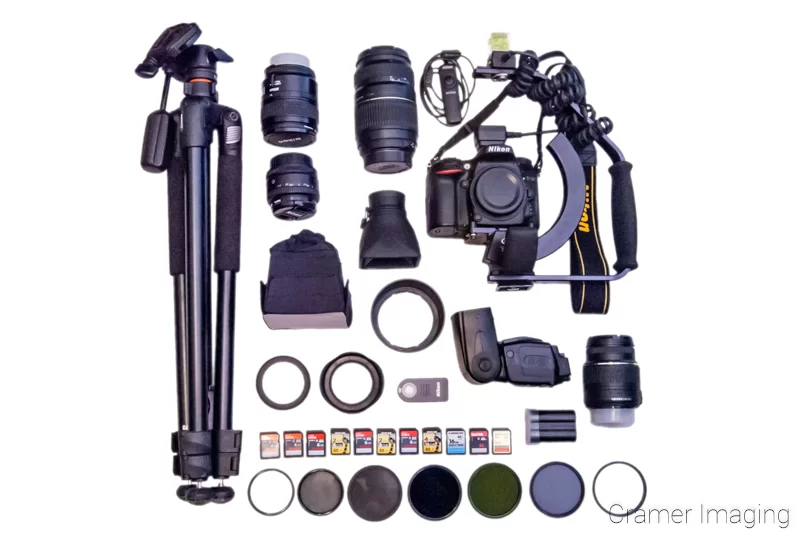
Since the high-end camera market is so saturated and only a small number of people buy their first DSLR or mirrorless camera every year, most camera sales these days are from upgrades or switching brands entirely (many accessories like lenses aren’t compatible with other brands of camera bodies). This means that marketers have two main sources for customers: getting existing photographers to upgrade and upgrade frequently or getting existing photographers to switch brands.
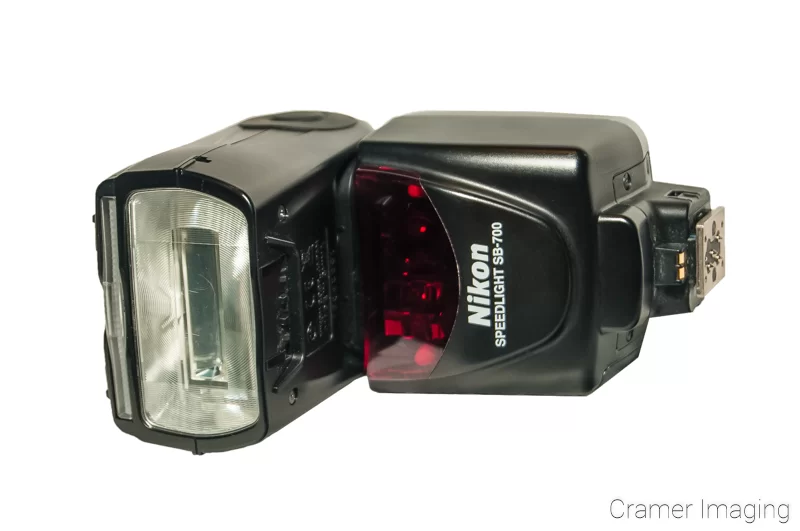
While the new photographer is also important, he or she is a much smaller market segment and, therefore, not a reliable source of income for large camera manufacturing companies. Only so many people are going start using DSLR’s or mirrorless cameras every year. It’s actually rather difficult to get people to take up photography seriously enough to invest in a new rig (have you looked at the price tag for doing so?).
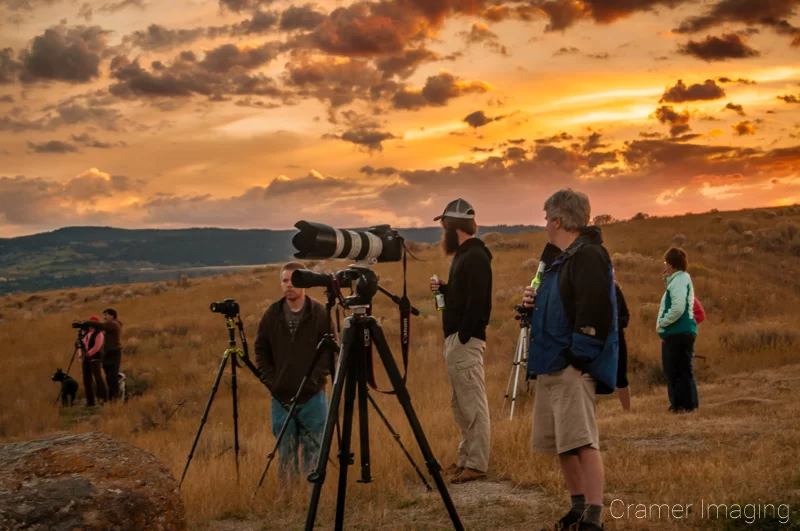
It is, however, much easier to talk existing advanced amateur and professional photographer market into upgrading or switching for the newest feature. Most camera companies now spend most of their marketing money trying to convince you that you need to upgrade now and to switch brands. For those photographers not interested in features, the camera companies use a different tactic: trying to convince to be like the other “cool kids” and upgrade/switch.
Examples of Camera Company Survival Tactics
We’ve seen the megapixel race. Every camera released offered ever greater resolution than the last. While camera makers CAN and do still keep increasing their megapixels, it isn’t really necessary anymore. The higher the resolution, the larger the files the camera creates. This means you need more disk space to save each individual photo and, unless you’re cropping in a lot, you really can’t see a difference with most of the sizes you’ll be viewing. Unless you plan on printing full mural-sized images for close-up viewing, much above 20-30 megapixels doesn’t help and actually hinders.
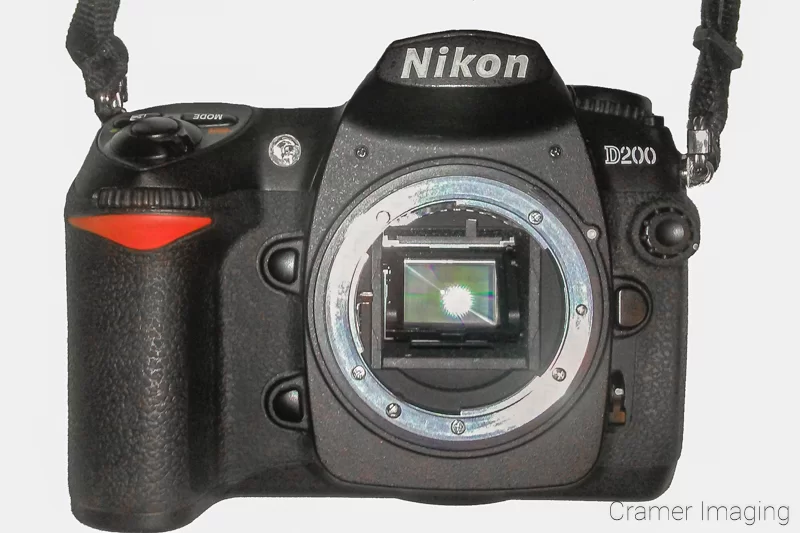
A couple of years ago or so, the race was for ISO. Every camera company was trying to crank out cameras with ever better ISO capabilities. Camera companies created camera sensors with ISOs in the several millions. It got so you could take some kind of recognizable photo in almost pitch black. The problem is that VERY few people need that kind of low light capability. It’s kind of cool, but is it worth several thousand dollars to upgrade my camera? For me, it’s not.

The technology exists to go much higher on both megapixels and ISO but really there’s no point. Because of that, those races petered out. However, you can bet that there will be something else to pop up and create another technology race in cameras again.
Your Best Path
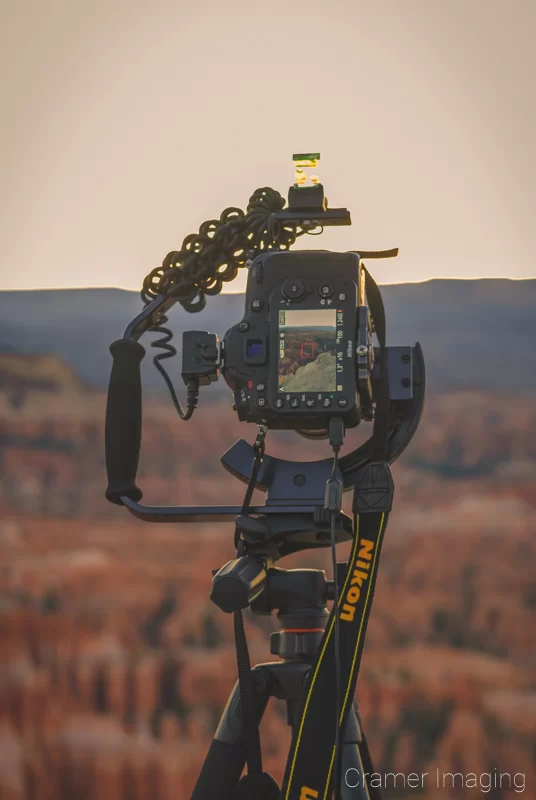
Although camera manufacturers will spend a lot of money trying to convince you to switch brands to their newest model, there’s no reason for you to do so if you don’t want to.
If you’re entering or already a part of the DSLR or mirrorless camera market at an amateur or a professional level, then your best move is to resist the peer pressure to upgrade/switch every new generation of camera which comes out. It might be difficult depending on how you feel about the latest available features.
Instead, take the time to find out what kind of photography you like to do and then explore what equipment, features, accessories, etc. you need to make that photography easier and more fun to do. Don’t fall for the latest flashy feature or accessory on the market if you can’t find a practical use for it in YOUR photography work.
What you don’t want to do is to keep changing camera brands whenever the newest “best” camera comes out unless you have a DARN good reason. Such a reason might be that the new whizzbang camera has a feature which you can’t run your business without, and you simply can’t wait for it to be available on your brand. Without such a compelling reason, changing or upgrading too frequently is going to be a waste of money.
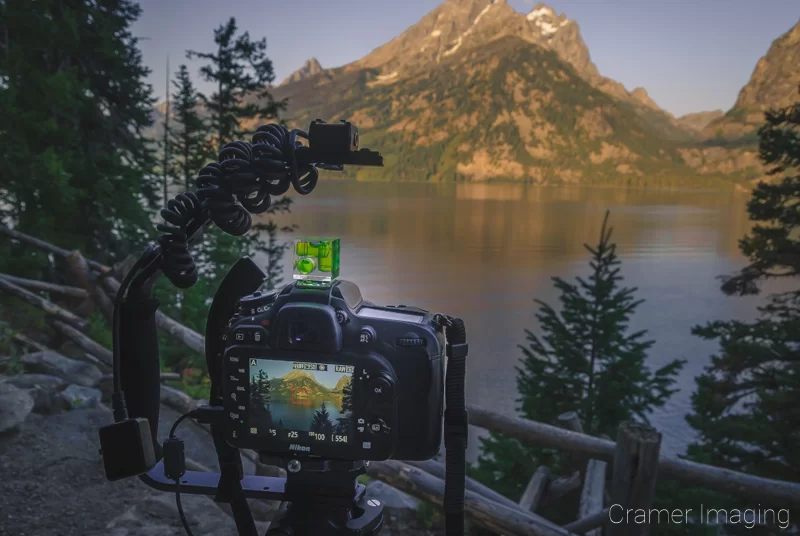
Each brand tends to offer new features from time to time and, whatever new feature another brand is offering, your brand is going to be offering all those same features and more soon too. Don’t play that game. Pick something and stick with it unless you absolutely need the features and can’t wait. A new camera isn’t just investing in the body. You will also need to buy lenses and accessories to work with that camera body too. Unless there is a compelling reason that you NEED the features offered by a particular brand, and that you need it NOW, then don’t bother changing brands.
Personal Anecdote
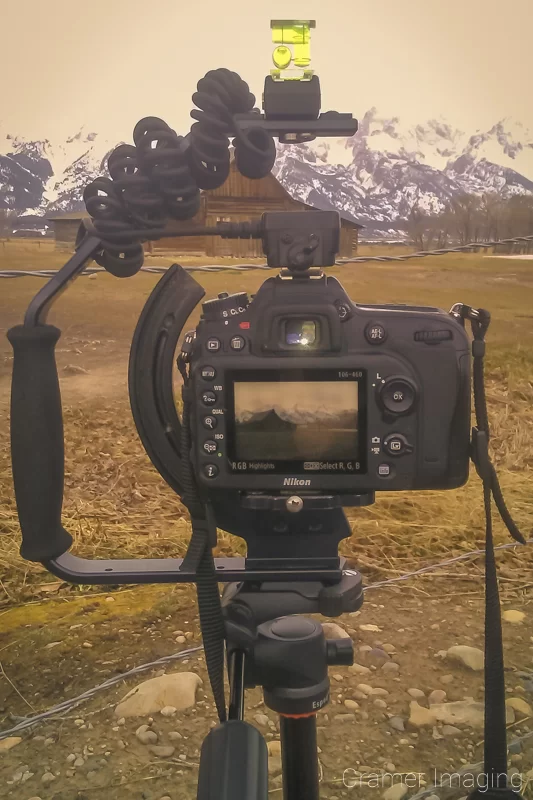
If I may use myself as an example here, I found that I had outgrown my beginner DSLR camera a few years ago. At that time, I re-entered the DSLR camera market for a new camera body. This occurred during the first big ISO race. I was amazed and tempted to consider getting a camera with that huge range. Then I did some thinking and internet research.
I came to the conclusion that I didn’t actually need a huge ISO for the kind of photography I was doing. I didn’t need 100 megapixels for my photos. Also, I didn’t need syncing between several different strobes nor accurate panning focus. Again, I didn’t need my 2 SD cards to store identical photos. In short, I didn’t need most of the latest whizzbang features touted as top-of-the-line at that time. So, I shopped accordingly and got a camera body which did what I needed without breaking the bank at the same time.
Because a serious camera rig is a sizable investment in money, take the time you need to shop around. Do your research just like you would when buying a car or a house.
Just to finally illustrate things here, check out these photos. They were taken using different camera bodies. Can you tell which is which?
In photography, the equipment is the tool, but the photograph is the goal. It’s difficult to tell the difference between the two photos above. Which was taken on the earlier model DSLR? Which was taken on the later model? If your gear is already adequate, don’t upgrade if you don’t actually need it.
Conclusion
All these attempts to tempt you to upgrade or switch camera brands are made by camera manufacturers and photography publications. These attempts are nothing more than the voices of desperation coming from companies trying to survive. Your best move is to ignore those voices and spend/save your money wisely. You don’t always NEED the latest features on the market. So, it’s better to just focus on your photography and what you actually need to make it work. After all, the “cool kids” are never quite as cool as they look, even if they have a shiny new camera in their hands.





